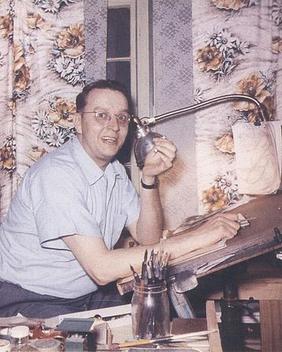
Jack Ralph Cole was an American cartoonist best known for creating the comedic superhero Plastic Man, and his cartoons for Playboy magazine.

Quality Comics was an American comic book publishing company which operated from 1937 to 1956 and was a creative, influential force in what historians and fans call the Golden Age of Comic Books.
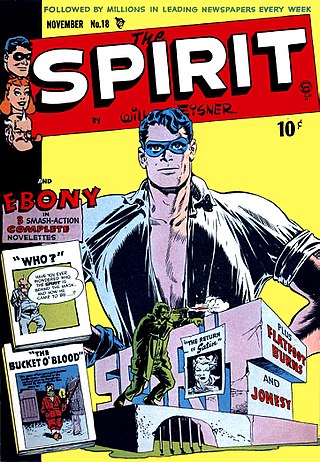
The Spirit is a fictional masked crimefighter created by cartoonist Will Eisner. He first appeared June 2, 1940, as the main feature of a 16-page, tabloid-sized, newsprint comic book insert distributed in the Sunday edition of Register and Tribune Syndicate newspapers; it was ultimately carried by 20 Sunday newspapers, with a combined circulation of five million copies during the 1940s. "The Spirit Section", as the insert was popularly known, continued until October 5, 1952. It generally included two other four-page strips, plus filler material. Eisner, the overall editor, wrote and drew most Spirit entries, with the uncredited assistance of his studio of assistants and collaborators, though with Eisner's singular vision a unifying factor.
Notable events of 1939 in comics. See also List of years in comics.

Jane Arden was an internationally syndicated daily newspaper comic strip which ran from November 26, 1928 to January 20, 1968. The title character was the original "spunky girl reporter", actively seeking to infiltrate and expose criminal activity rather than just report on its consequences and served as a prototype for later characters such as Superman supporting character Lois Lane and fellow comic strip heroine Brenda Starr, Reporter. Pulitzer Prize-winning columnist Mary McGrory credited Jane Arden with instilling her interest in journalism.
Morton Meskin was an American comic book artist best known for his work in the 1940s Golden Age of Comic Books, well into the late-1950s and 1960s Silver Age.
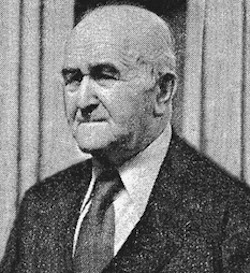
Harry Chesler, often credited as Harry "A" Chesler, with the "A" an affectation rather than a true initial, was the entrepreneur behind the first comic book "packager" of the late-1930s to 1940s Golden Age of comic books, supplying comics features and complete comic books to publishers testing the waters of the emerging medium.
Paul Gustavson was a Finnish-American comic-book writer and artist. His most notable creations during the Golden Age of Comic Books were The Human Bomb for Quality Comics, and the Angel, who debuted in Marvel Comics #1, the first publication of Marvel Comics forerunner Timely Comics. The Angel would star in more than 100 stories in the 1940s. The Human Bomb would later be acquired by DC Comics and make sporadic appearances as late as 2005.

The Funnies was the name of two American publications from Dell Publishing, the first of these a seminal 1920s precursor of comic books, and the second a standard 1930s comic book.
Centaur Publications was one of the earliest American comic book publishers. During their short existence, they created several colorful characters, including Bill Everett's Amazing-Man.
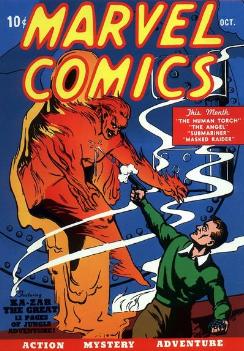
Funnies, Inc. was an American comic book packager of the late 1930s to 1940s period collectors and historians call the Golden Age of Comic Books. Founded by Lloyd Jacquet, it supplied the contents of early comics, including that of Marvel Comics #1, the first publication of what would become the multimedia corporation Marvel Comics.
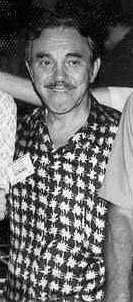
Samuel Maxwell "Jerry" Iger was an American cartoonist and art-studio entrepreneur. With business partner Will Eisner, he co-founded Eisner & Iger, a comic book packager that produced comics on demand for new publishers during the late-1930s and 1940s period known to fans and historians as the Golden Age of Comic Books.

Everett M. Arnold, also known as Busy Arnold, was an American publisher and an early comic-book entrepreneur whose company Quality Comics published during the 1930s and 1940s period fans and historians call the Golden Age of Comic Books. He was also instrumental in the publishing arrangement that led to Will Eisner's newspaper Sunday-supplement comics series The Spirit.

Crack Comics was an anthology comic book series published by Quality Comics during the Golden Age of Comic Books. It featured such characters as The Clock, Black Condor, Captain Triumph, Alias the Spider, Madame Fatal, Jane Arden, Molly the Model, and Red Torpedo. The title "crack" referred to "being at the top of one's form", like a "crack sharpshooter".
Harry Frank Sahle was an American comic book artist who drew for such publishers as Archie Comics—helping create the defined look of Archie Comics' breakout character, Archie Andrews—Quality Comics and the Marvel Comics precursor company Timely Comics during the 1930s-1940s period historians and fans call the Golden Age of Comic Books.
Fred Schwab was an American cartoonist whose humor panels and short features were published in a wide variety of comic books from at least 1938 to 1950, during a period fans and historians call the Golden Age of Comic Books. His notable comic-book appearances include Timely Comics' Marvel Comics #1, the first publication of the company that would become Marvel Comics; and some of the earliest publications of the companies that would become DC Comics.
Eisner & Iger was a comic book "packager" that produced comics on demand for publishers entering the new medium during the late-1930s and 1940s, period fans and historians call the Golden Age of Comic Books. Many of comic books' most significant creators, including Jack Kirby, entered the field through its doors.
The Register and Tribune Syndicate was a syndication service based in Des Moines, Iowa, that operated from 1922 to 1986, when it was acquired by King Features to become the Cowles Syndicate affiliate. At its peak, the Register and Tribune Syndicate offered newspapers some 60 to 75 features, including editorial cartoonist Herblock, comic strips, and commentaries by David Horowitz, Stanley Karnow, and others.
The Frank Jay Markey Syndicate was a small print syndication service that distributed comic strips and columns from the mid-1930s to c. 1950. Although small in size, the syndicate distributed strips by a number of notable cartoonists, including Ed Wheelan, Rube Goldberg, Boody Rogers, and Frank Borth. The syndicate also provided material for the burgeoning comic book industry, for companies like Quality Comics and Columbia Comics.











